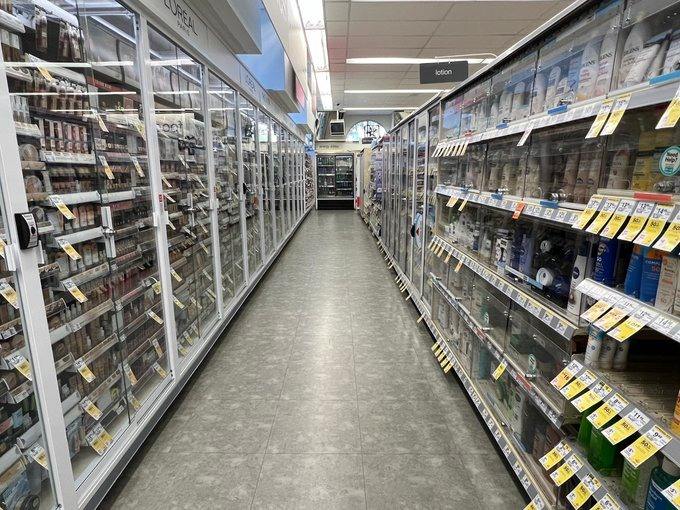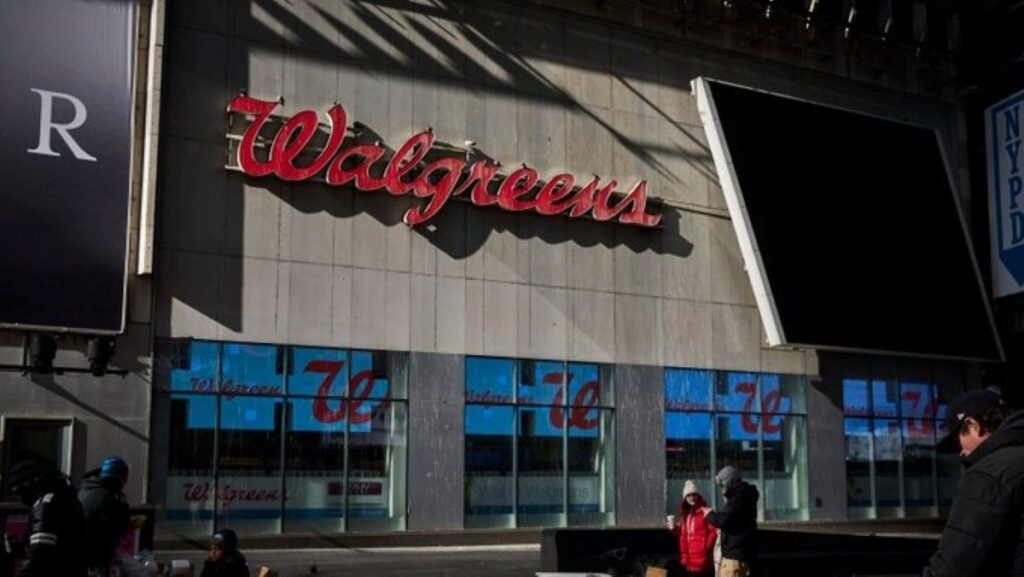Walgreens has announced plans to close around 1,200 locations. The drugstore chain and its rivals struggle to attract U.S. consumers, who are now looking to other alternatives.
Drugstores like Walgreens once littered towns and cities all over the country, but times have changed, and they are no longer so prominent. They are battered by shrinking prescription reimbursement, increasing theft, rising costs, and consumers who now prefer online retailers or places that offer competitive prices.
Why Is Walgreens Closing Its Stores?
Walgreens Boots Alliance Inc., which operates about 8,500 stores in the U.S., revealed in late June that it was finalizing a turnaround plan in the U.S. that could result in the shutdown of hundreds of stores.
On Tuesday, October 15, the company said it would start by closing about 500 stores in its current fiscal year, which began last month. Details of where the store closings would take place were not disclosed. However, reports claim it will prioritize poor-performing stores where the company owns the property or where leases are expiring.
ALSO READ: Caitlin Clark Named WNBA Rookie of the Year, Shares Tribute to Boyfriend
Neil Saunders, managing director of GlobalData, is convinced that the closure of so many stores is a sign that the company is in trouble and is desperately trying to correct the situation. According to Saunders, Walgreens spent years building its business via acquisitions, completely neglecting the fundamentals of its stores and retail operations.
The company is now paying for that, but it is also struggling, alongside other pharmacies, with low reimbursement rates for pharmacy care and low dispensing fees for Medicaid enrollees.

Like its rivals, Walgreens has been severely impacted. Millions of Americans have lost health insurance since the scrapping of a pandemic policy that guaranteed Medicaid coverage during the health emergency.
After Medicaid enrollment increased during the pandemic, millions left the healthcare program for low-income Americans. Rick Gates, an SVP and the company’s chief pharmacy officer highlighted a dynamic “where they have not picked up coverage as quickly.”
Walgreens Is Not the Only Drugstore Chain Struggling
Drugstores benefitted greatly from taking the lead on vaccinations during the COVID-19 pandemic, but the virus is now a thing of the past, and the world has seemingly moved on, leaving the drugstores not as relevant.
Walgreens’ announcement Tuesday morning follows shortly after its rival CVS Health wrapped up a three-year plan to close 900 stores and cut 2,900 jobs as part of an effort to reduce costs by $2 billion. According to a CVS spokesperson, the job cuts represent about 1% of the healthcare company’s workforce.
Rite Aid, another well-known drugstore chain, also just emerged from bankruptcy and whittled down to about 1,300 locations. Many communities have raised concerns about access to health care and prescriptions as they continue to fall back.
Drugstore leaders and analysts conversant with industry developments say smaller versions of these chains have a future in U.S. retail, but they’re not yet sure how that will play out.

ALSO READ: DEA Set to Reschedule Cannabis as a Less Hazardous Drug
“They’ve really got to rethink how they do business and, most importantly, what they mean and what value they bring to the customer,” said Neil Saunders, managing director of consulting and data analysis firm GlobalData.
How Many Walgreens Are There in America?
Walgreens operates nearly 9,000 locations nationwide, according to its website. The first wave of closures will reportedly affect about 500 stores by the end of fiscal year 2025, which ends on June 30, 2025.
You Might Also Like:
Tua Tagovailoa Expected To Play Again This Year After Latest Concussion
Who Is Nicholas Godejohn? All About Gypsy Rose Blanchard’s Ex-Boyfriend
Everything We Know About Matt Damon’s Wife, Luciana Barroso
